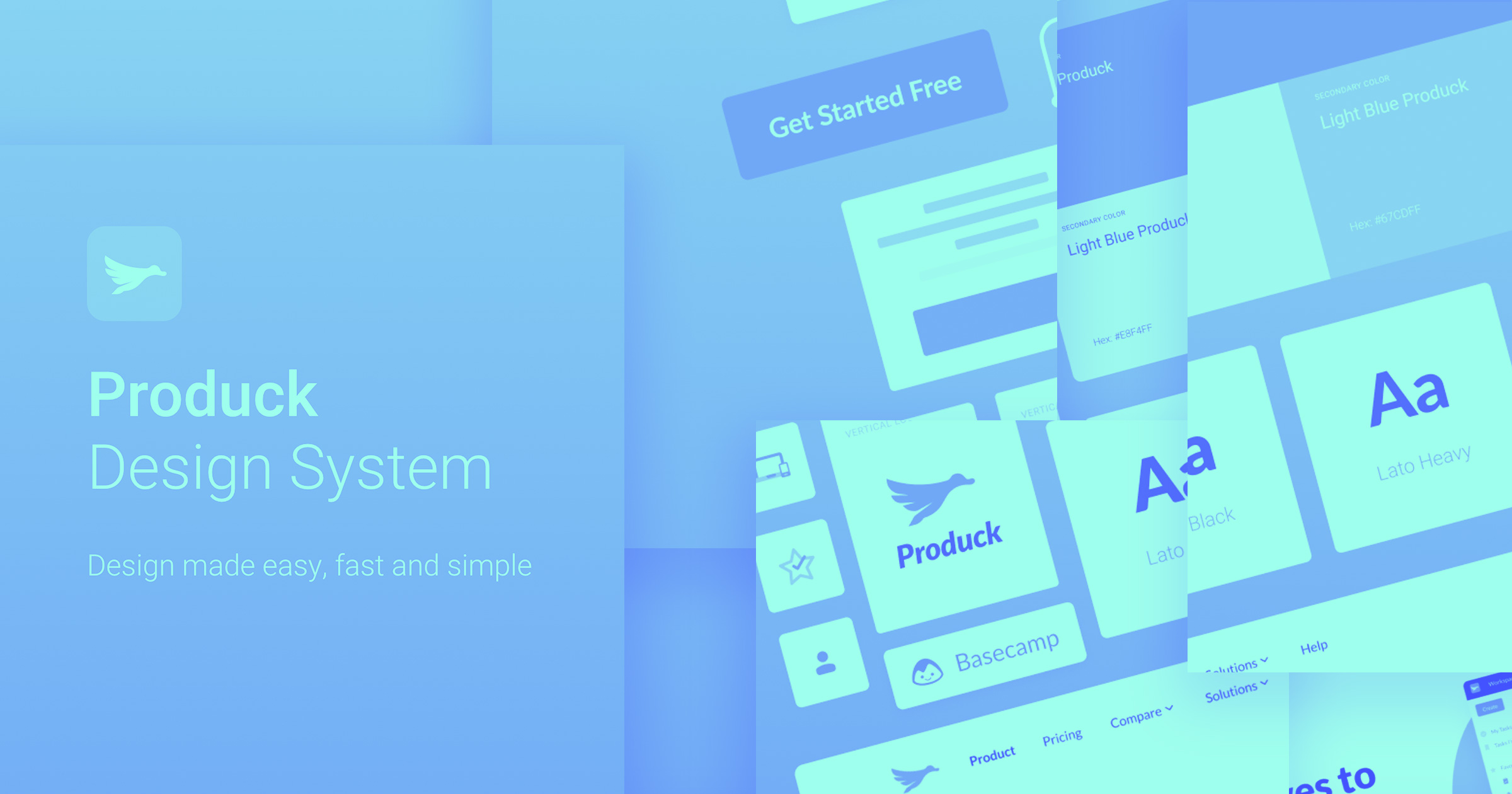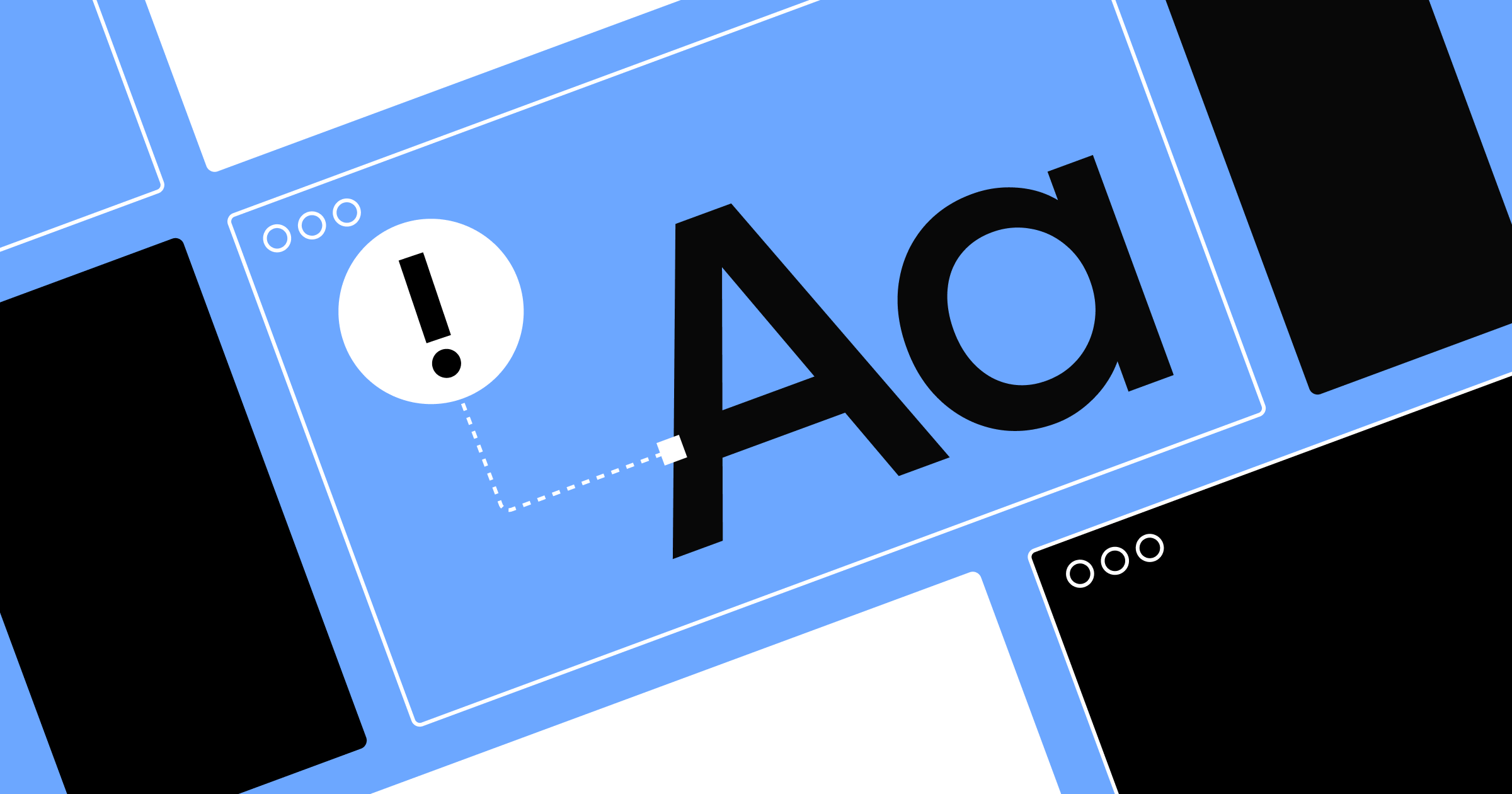Website builders aren't perfect. Some are better than others — and we definitely have a favorite (wink, wink). But with everything their eye-catching templates promise, many fall short in what they actually deliver. Here are eight reasons people hate website builders.
1. They serve spaghetti code
Most website builders compensate for a users’ lack of technical knowledge with code that causes developers to quiver with rage and nausea. Their software allows users to treat web elements like any old shape in a design app: just draw it and slap it down anywhere. (AKA, absolutely position it.)
Unfortunately, that’s not how the web works. And the result is non-semantic balderdash wrapped in too many divs and class names that are machine-generated gibberish.
But with Webflow — instead of letting you throw an element anywhere on the canvas — you’ve got to work with the box model, not against it. You’ve got to use properly nested divs and the right combination of layout module, margin, and padding to achieve the look you want. And then you’re free to add all the HTML5 semantic tags you need to create a clear, meaningful structure for your content.
The result is code that’s as clean as you can make it. In that sense, Webflow’s more like a highly visual text editor than a website builder.
2. They’re slow

Website builders promise efficiency — you too can have your own professional website in just a few simple steps! But what's powering that pretty design may be as efficient as a sloth on a treadmill.
First — there’s the code. Some website builders inject a lot of extra code into their designs. This extra data needs to be sorted out, bogging down browsers.
Second — there’s the hosting. Many website builders offer their own hosting. And many people take advantage of this service. So one website will be at the mercy of the traffic and server usage of all the other websites crammed onto the same server.
Sluggish load times not only make people bail, but they're also a significant factor in how Google determines a website’s ranking. All that extra code combined with a slow server can make a website’s organic search ranking take a nosedive.
3. They have limited content management systems
The one-size-fits-all templated approach of website builders is both a strength and a weakness. If you want to set up a site that sells product or has a blog, website builders make this easy. In fact, you’ll be impressed by how easy.
But the more you know, the better you'll understand the limitations. If you want to do anything customized — like structure content or change the layout — it gets tricky. When someone wants to think outside of the one-size-fits-all box of templates, many website builders reveal how poor their options are.
Webflow liberates users from these constraints. Instead of rigid templates, blog-centric content structures, or complex code languages, Webflow allows designers to build schemas that connect to the design of their choice.



















Get started for free
Create custom, scalable websites — without writing code. Start building in Webflow.
4. They hold your content hostage
As long as you keep making the monthly payments, nobody gets hurt. Capiche?
Every relationship with a website builder starts out happy. But as you learn more about web design and other platforms that do more for a better price — you might want to explore other options. If you want out, it’s almost impossible to take your website with you. Especially if you’re using one of their proprietary templates.
All your blog posts and any other writing that took hours to craft will be lost forever unless you have copies of the original docs. Or, unless you copy and paste everything. And worse yet — that design you poured your soul into? It might also be lost forever.
There are ways to migrate your site, but migration is laborious and complicated, especially if images and other digital assets are stored. Unless your website builder produces clean HTML that’s all yours, you’ll sacrifice your design to the digital void when you end your contract.
Webflow makes it easy for you to export status elements, cms content, creative use of Zapier, and or the CMS API. Your content will always belong to you.
5. They push ads
Advertising is the way most media outlets stay in business. So it makes sense that website builders would want to push ads for increased revenue. But ads distract and annoy. And they definitely don’t center the user. Really want to make customers angry? Make them pay to have an ad-free experience. Sheesh.
At Webflow, we don’t push ads. We care about our users' experience.
6. They still require Google Analytics

Which isn't a bad thing, because we all love Google Analytics.
But here's the deal: don't try and fool us with your own analytics. You and I both know they're not that great.
To be fair — many of the top website builders have improved their analytics. But there's no beating Google at what Google does best. It's valuable to have more detailed user data such as bounce rates, traffic sources, and interactions per visit. And Google Analytics gives detailed information that most website builders don't have the capability to provide.
7. Their free domain names are too long
Let’s talk professionalism. What seems more official — nytimes.com or nytimes.myboringwebsitebuilder.com?
Longer URLs will do if you’re building a personal website for something like your model train collection — not a lot of people are likely to see it (sorry). But if it’s for a business, you need something meaningful and memorable. Pay the extra money for the respectability an official domain name gives you.
Webflow’s free domain name is short and memorable: webflow.io. When you’re ready for full-on profesh, our custom hosting starts at just $12 a month.
8. Their templates limit creativity
Website builders are like instant cake mix. Both their templates and packaging show something that looks appetizing. Instead of adding an egg, you add content. And even though you follow the directions, you sometimes end up with a bland approximation.
Sure, that website builder offers hundreds of templates, but how many are unique? And how many other people are using the same templates? If you’re a business using the same template as your competitors, you’ll get lost in a sea of sameness.
You could spend the bare minimum to throw together a website, but your site is often a first impression. If you’re a new business and your website looks like it was put together in 10 minutes, it’s going to be a bad introduction.
If you’re starting from scratch and don’t know anything about coding, a template can be a good place to start. But many website builders don’t make it easy for the less design savvy to make changes. And for those who start from the ground up with little web design knowledge, it can be a frustrating experience.
Many templates aren’t exactly the pinnacle of creativity — their design aesthetics go out of style faster than most YouTube channels.
At Webflow, we understand that not everyone has the time or experience to build a website from scratch. We also don’t believe that rigid templates are the best solution. That’s why our talented designers build templates that can be used as a starting point and easily customized in our designer.
And, more importantly, why we give you the power to start from a completely blank canvas and build exactly what you envision.
Not all website builders are created annoyingly
It’s easy to dump on website builders. For anyone who has taken the time to learn code and basic elements of web design, they seem like a pretty brainless way to create a design. But they do serve as a foundation and inspiration for those who may want to go further.
Dragging and dropping is easy — knowing how to arrange elements in a meaningful way is a bit harder. But whenever a tool is there to simplify something, it gives us a head start. So wherever you are — if you want to be a designer, the most important thing to do is to start designing.
What are your thoughts on website builders? We'd love to hear from you in the comments.































